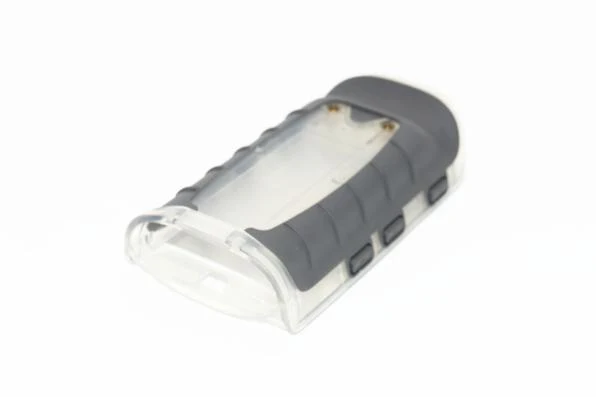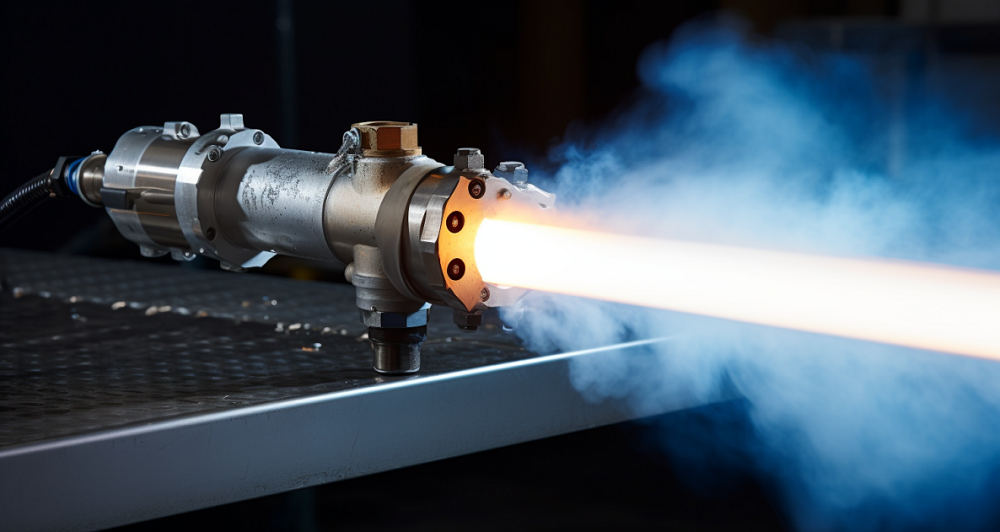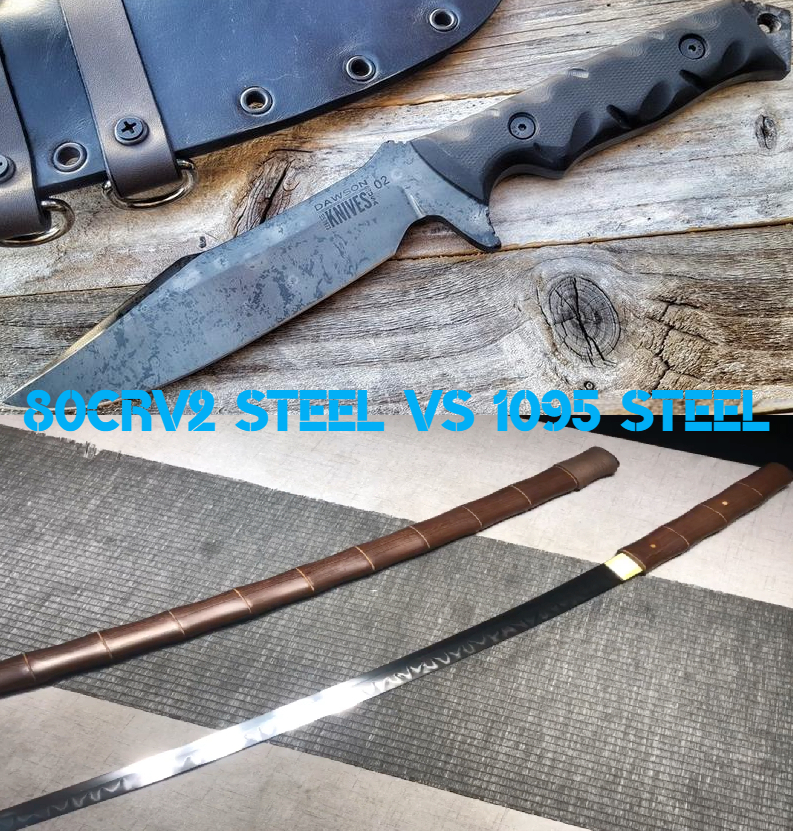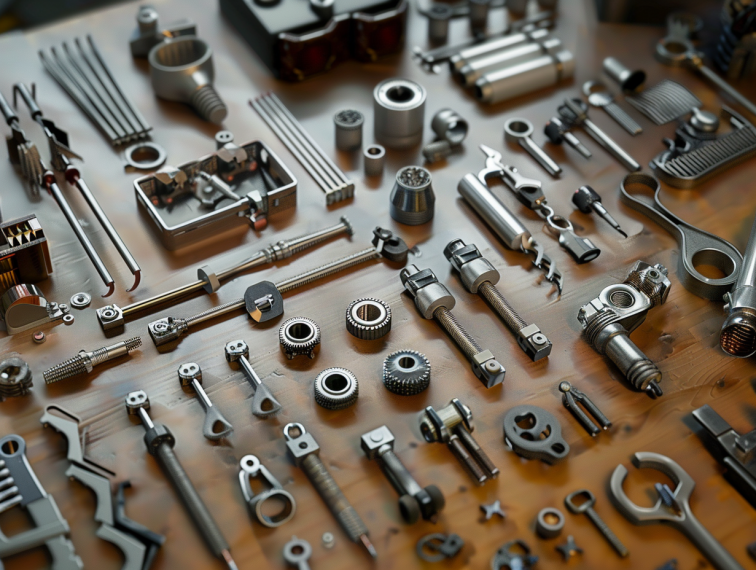Case hardening techniques play a crucial role in enhancing the surface properties of metal components. Among these techniques, Carburizing, Nitriding, and Carbonitriding are three of the most widely used methods. This article will introduce each process, compare their differences, and provide assistance in choosing the best surface treatment for specific applications.
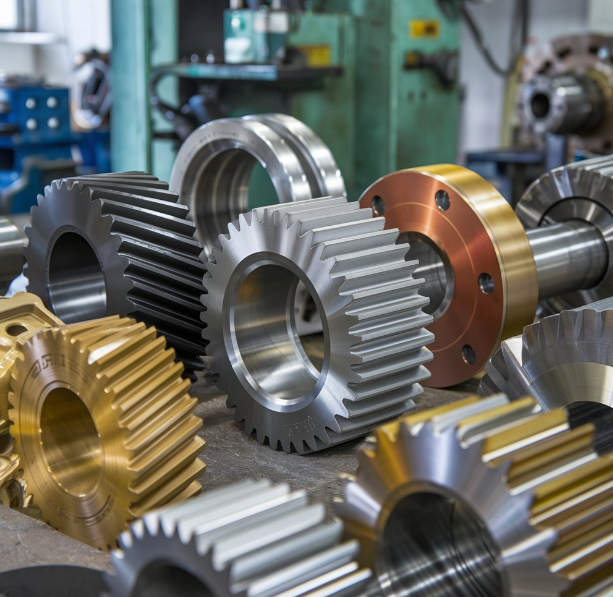
What Is Carburizing?
Carburizing, also known as carburising and carburization, is a heat treatment and surface hardening technique designed to enhance the hardness and wear resistance of metal (usually steel) by allowing it to absorb carbon while heated in the presence of a carbon-bearing material, such as charcoal or carbon monoxide. This process is particularly effective for low-carbon workpieces, where carbon diffuses into the surface, creating a hard outer layer while the core retains its toughness and ductility. The depth of carbon penetration is influenced by the duration and temperature of the treatment. After carburizing, the steel is often quenched and tempered; during quenching, the outer layer transforms from austenite to martensite, resulting in increased hardness, while the core maintains a softer ferritic and/or pearlitic structure. This method not only improves wear resistance but also ensures that impact resistance is preserved, making it particularly valuable for components requiring high rigidity, such as gears, shafts, and various automotive and machinery parts. Careful control of surface carbon content, ideally around 0.8%, is necessary to prevent issues like excessive residual austenite, which can compromise hardening. Carburizing is often used to address challenges such as undesired decarburization encountered in earlier manufacturing stages.
What Is Nitriding?
Nitriding is a chemical heat treatment process that involves the diffusion of nitrogen into the metal’s surface, creating a hard outer layer while maintaining the core’s original properties, it is particularly effective on low-carbon alloy steels containing nitride-forming elements like aluminum, molybdenum, and chromium. Common methods include liquid nitriding, gas nitriding, and ion nitriding. Traditional gas nitriding involves placing the workpiece in a sealed container, where flowing ammonia gas is introduced and heated. After maintaining the temperature for an extended period, the ammonia decomposes thermally, producing reactive nitrogen atoms that continuously adsorb onto the surface of the workpiece and diffuse into the near-surface layer.
The process results in the formation of hard metallic nitrides as nitrogen combines with iron and other alloying elements, achieving surface hardness up to 76 HRC (90 HRA) with case depths typically ranging from 200-300 μm, though depths up to 2 mm are possible in certain applications. Nitriding is conducted at temperatures below the steel’s austenitization point, usually around 550°C (1022°F), which is significantly lower than other processes like carburizing. This lower temperature range offers a significant advantage: nitrided parts undergo reduced distortion and deformation, providing excellent dimensional control. However, due to the lower hardness in the core and the shallower case depth, nitriding typically only meets the wear and fatigue resistance requirements for components subjected to light to moderate loads. It is also suitable for machine parts with certain heat and corrosion resistance requirements, as well as various cutting tools, cold work, and hot work dies. Nitriding still finds widespread application in various industries, being used to treat components such as gears, crankshafts, camshafts, valve parts, die-casting tools, firearm components, and plastic mold tools.
What Is Carbonitriding?
Carbonitriding is a thermo-chemical surface modification technique that simultaneously infuses carbon and nitrogen into the surface of parts, to increase the hardness and modulus near the surface. It primarily involves carburization, with a small amount of nitrogen infusion. The carbonitriding process is often applied to inexpensive, easily machined low-carbon steel, imparting the surface properties of more expensive and difficult-to-work grades of steel. It is particularly suited for mass production of small components, such as gears, shafts, pistons, rollers, and bearings, where great resistance to wear is required and case depth requirements range from 0.1 to 0.75 mm. This treatment can create a harder case than carburizing and has faster infusion rates, better resistance to tempering and fatigue, as well as improved wear resistance and anti-fatigue performance, with a lower treatment temperature.
Carburizing vs Nitriding vs Carbonitriding, What Are the Differences?
One of the most significant differences between Carburizing, Nitriding, and Carbonitriding lies in their working temperatures and subsequent effects on precision parts. What makes Nitriding apart from the other two is its relatively lower temperature, which results in minimal deformation of the parts, making it ideal for precision components that require no additional machining. In contrast, Carburizing and Carbonitriding are high-temperature processes, typically suited for parts with lower precision requirements. If high precision is needed, these parts often require additional machining after treatment, whereas Nitriding can achieve the desired precision without the need for further processing.
| Characteristic | Carburizing | Nitriding | Carbonitriding |
|---|---|---|---|
| Temperature | 850–1000°C (1562–1832°F) | 500-550°C (932-1022°F) | 850-880°C (1562-1616°F) |
| Surface Hardness | 59-64 HRC | Up to 76 HRC | 55-62 HRC, Up to 65/66 HRC |
| Case Depth | Around 1 mm (Up to 6.4 mm) | 0.2-0.3 mm (Up to 2 mm) | 0.07 mm to 0.5 mm (Up to 0.75 mm) |
| Suitable Materials | Low-carbon and alloy steels (0.2-0.3% initial carbon content) | Various alloy steels, stainless steels, some tool steels, certain cast irons | Unalloyed carbon steels, alloy steels |
| Common Applications | High strength and wear applications (e.g., scissors, swords), armor | Gears, crankshafts, camshafts, valve parts, dies, firearm components | Gear teeth, cams, shafts, bearings, fasteners, automotive parts |
| Process Time | 3-20 hours | 4-100 hours | Shorter than carburizing |
Carburizing vs Nitriding vs Carbonitriding, Which Is Better for You?
Each process has its own advantages and is better suited for certain situations. Let’s break down each technique and provide examples of when to use them:
1. Carburizing
Carburizing is ideal for high-strength and wear-resistant applications where greater case depths are critical.
Advantages:
– Greater case depth
– High impact strength
– Good for high strength and wear applications
When to choose:
– You need very deep case hardening
– The part will be subjected to high-impact loads
– Slight distortion is acceptable
– The component is large
Application Examples:
– Gear teeth in heavy machinery
– Camshafts in high-performance engines
– Large industrial shafts
– Bearings for heavy-duty equipment
2. Nitriding
Nitriding is preferable for high-precision components that require superior corrosion and abrasion resistance without the need for additional machining.
Advantages:
– Superior corrosion resistance
– Good abrasion resistance
– Minimal distortion due to lower processing temperatures
– No quenching required, reducing the risk of warping
– Suitable for high-precision components
When to choose:
– High dimensional precision is crucial
– Excellent corrosion resistance is required
– The part is small and intricate
– Post-treatment machining must be avoided
– The application is in aerospace, medical, or other high-precision industries
Application Examples:
– Hydraulic cylinder rods
– Injection molds
– Precision gears in aerospace applications
– Cutting tools
– Medical instruments
3. Carbonitriding
Carbonitriding offers a good balance between the benefits of carburizing and nitriding, making it suitable for general mechanical components that need enhanced surface hardness and fatigue resistance.
Advantages:
– Creates a harder case than carburizing
– Process times are much shorter than carburizing
– Higher resistance to softening during menstruation
– Increased fatigue and impact strength compared to carburizing alone
– Improved corrosion resistance over carburizing
– Simpler process and more affordable equipment compared to nitriding
When to choose:
– You need a balance of properties (case depth, hardness, corrosion resistance)
– Cost-effectiveness is important
– The part size is small to medium
– Some distortion is acceptable but should be minimized compared to carburizing
– The application requires good fatigue resistance
Application Examples:
– Automotive clutch plates
– Valve seats in engines
– Fasteners in corrosive environments
– Medium-sized gears (module sizes above M0.5)
– Tools and dies for metalworking
In some cases, a combination of processes might be the best solution. For example, carburizing followed by carbonitriding can be used to achieve deep case depths with improved surface properties, as mentioned in your provided information for valve seats.



